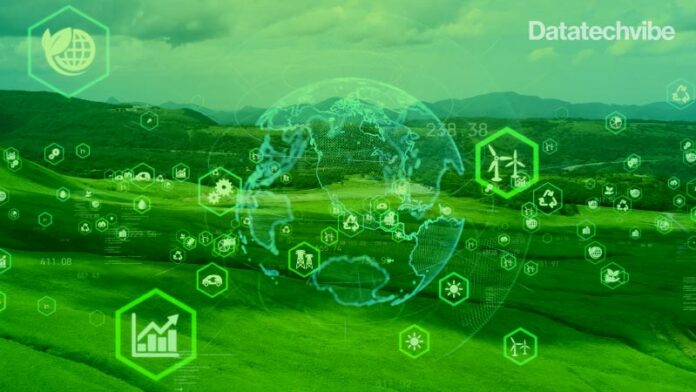Cloud sustainability, carbon footprint measurement and advanced grid management software are the three emerging environmental sustainability technologies that will reach early mainstream adoption within one to three years, according to Gartner.
“Environmental sustainability cannot be the responsibility of just a few industries – if our climate is to be protected, sustainable business must be a global priority,” said Annette Zimmermann, research vice president at Gartner. “The transition to a net-zero economy will be as disruptive as the industrial revolution or the digital revolution, requiring new technologies, business models, strategies and processes.”
The path to a net-zero future will create new opportunities for technology and service providers developing the underpinning technologies to enable sustainable business. Gartner has identified three emerging technologies that will have the most immediate impact for environmental sustainability:
Cloud Sustainability
Cloud sustainability is the use of cloud services to achieve sustainability benefits within economic, environmental and social systems. It consists of the sustainable operation and delivery of cloud services by a cloud service provider, as well as the sustainable consumption and use of cloud services.
“Public cloud services offer great sustainability potential with their ability to centralise IT operations and operate at scale using a shared service model, resulting in greater computing efficiency,” said Zimmermann. “Public cloud providers also have a unique ability to invest in sustainability capabilities, such as moving cloud data centres to be physically located near renewable energy sources.”
Over the next three years, cloud providers will come under increasing pressure to have a transparent climate strategy and clear roadmap. In fact, Gartner predicts that by 2025, the carbon emissions of hyperscale cloud services will be a top three criterion in cloud purchase decisions.
Carbon Footprint Measurement
Carbon footprint is defined as the quantity of emissions generated by human activity. The carbon footprint of a given technology product or service encompasses three emission scopes:
Scope 1: Direct emissions from owned or controlled sources
Scope 2: Indirect emissions from the generation of purchased energy
Scope 3: All indirect emissions (not included in Scope 2) that occur in the value chain of the reporting company, including both upstream and downstream emissions
Scope 3 emissions are the most challenging to measure, yet in some companies they can account for over 95 per cent of total emissions. Gartner expects carbon footprint measurement technologies to see significant adoption as organisations broaden their focus to all three emission types and increase reporting transparency. The growth of such tools will be supported by the proliferation of IoT-enabled environmental sensors that increase quantity, quality and timeliness of data collection.
“Ultimately, every organisation will have to invest in carbon accounting tools,” said Zimmermann. “Software solutions which provide transparent carbon measurement and actionable advice are seeing rapid adoption, and Gartner expects continued growth as integration capabilities progress.”
Advanced Grid Management Software
Advanced grid management comprises supervisory control and data acquisition (SCADA), utility energy management systems and new operationalized real-time capabilities that leverage physical and machine learning models. This software is used by electricity system operators to monitor and control energy resources across the electricity grid to maintain system stability and defer capital investments.
Gartner estimates that around 5-20 per cent of organisations are invested in advanced grid management software today, and that percentage will grow substantially over the next one to three years. By 2026, over 60 per cent of the capital programs of the largest energy companies will focus on low-risk renewables investments.
“The main challenge of grid network operators is to manage power flow variability and energy profile volatility,” said Zimmermann. “Advanced grid management software will support the energy transition by enabling electricity utility companies to become active network managers as they balance the instability created by increasing volumes of intermittent renewable energy.”









